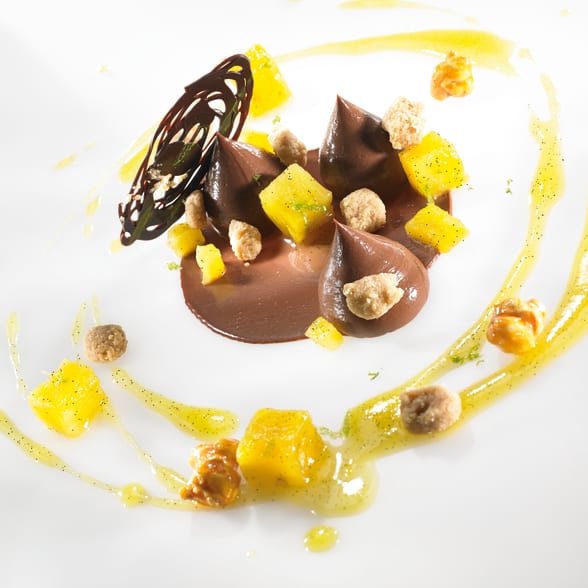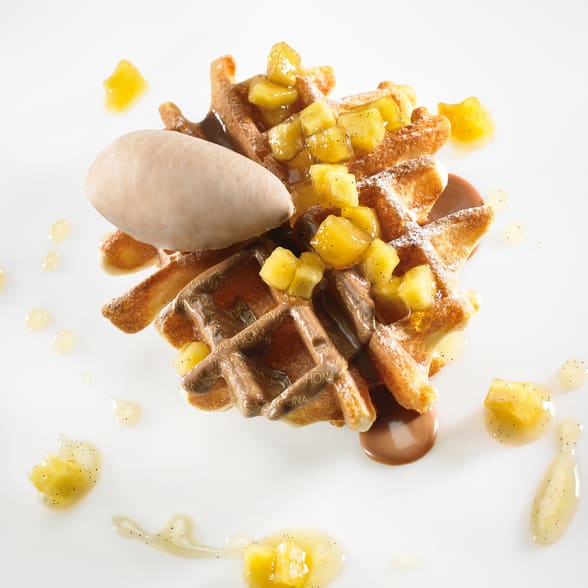You are using an outdated browser. Please upgrade your browser to improve your experience and security.
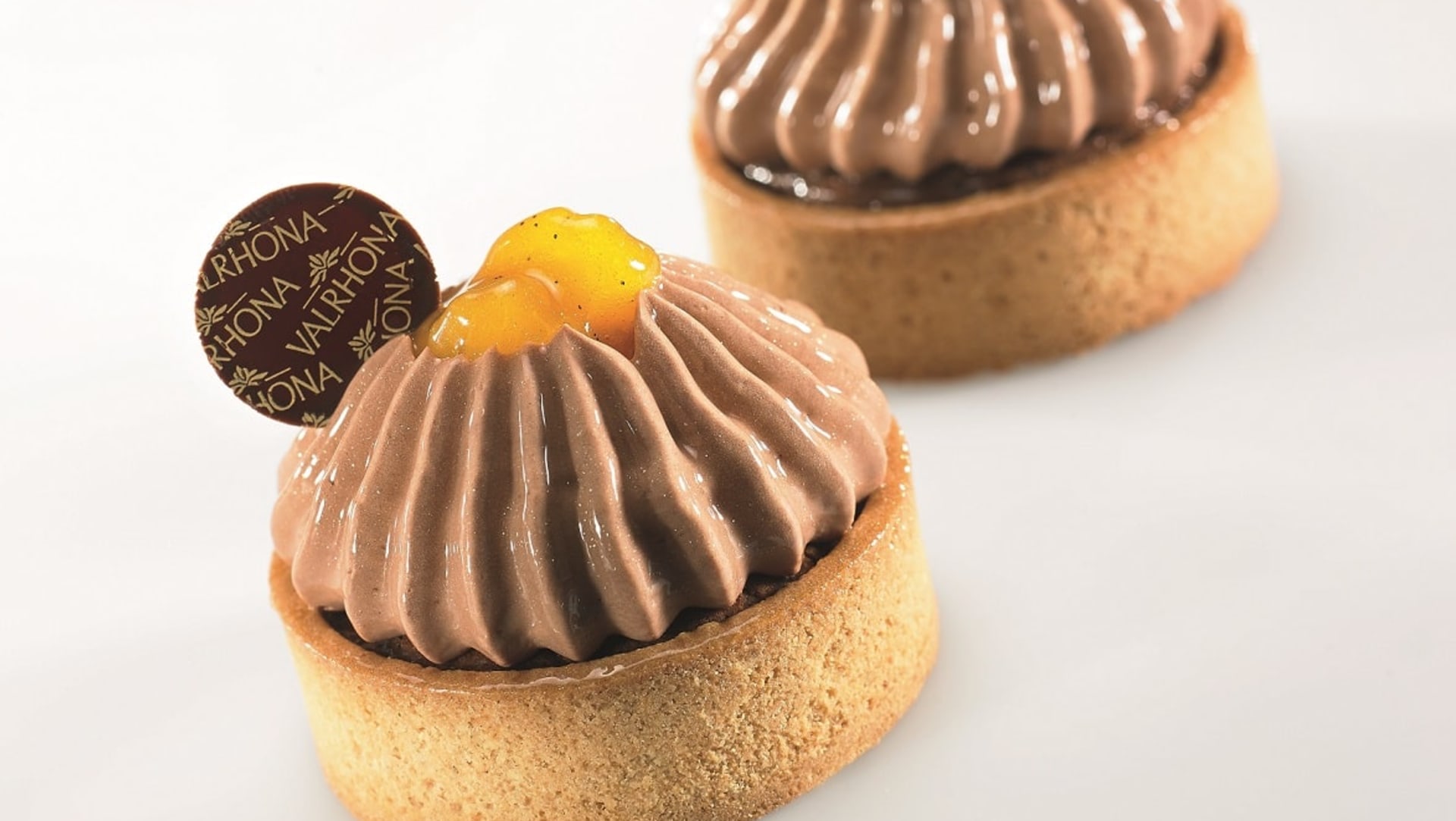
Gluten-free with pleasure
Edito
Our gluten-free dessert and pastry recipes
We believe that everyone should have access to the exceptional, therefore, our Valrhona teams, in collaboration with the AFDIAG (French Association for Gluten Intolerance), have carried out extensive research and creative work in order understand the issues associated with gluten, a commonplace food found in our kitchens, and provide culinary professionals with concrete solutions.
It is our wish to provide you with a tool that can guide you into a growing market and enable you to express your creativity and generosity when dealing with a specific and burgeoning requirement.
The market for products for people with food allergies and intolerance is experiencing rapid and profound growth.
The « gluten-free » product segment is a major driver in this market sector. Faced with growing consumer demand and market-growth prospects, more and more brands are committing to the cause.
Restaurants, bakeries, and pastry shops are suitably adapting so as to provide gourmet and high-quality products to people with allergies and food intolerances.
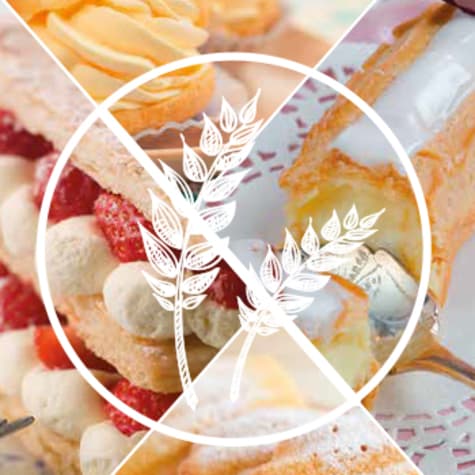
Inspirational Recipes
What is gluten?
Gluten is a protein composite found in cereal grains, such as wheat, barley, rye, triticale, spelt, and Einkorn wheat. Gluten gives elasticity to dough and encloses the carbonic gas bubbles that form during rising. The viscoelastic properties of gluten ensure the texture of the product in the mouth, making it chewy, but not too brittle or crumbly.
This goes to show the relevance and importance of this protein in the production of bread, cookies, cakes, pastries, and all products baked with flour. In the case of gluten intolerance, each time gluten is consumed, the body releases antibodies that alter the intestinal walls, which leads to malabsorption and consequent nutritional deficiencies.
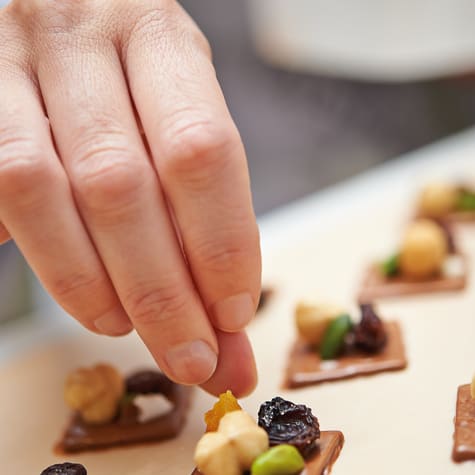
Baked goods take center stage
Nowadays, gluten-free devotees are comprised of those who are allergic, intolerant, sensitive, and those people who just choose to follow! The accidental ingestion of gluten does not therefore have the same consequences for each profile.
Many professionals still think that gluten-free eating is too bland, too complex, or too strict, while others think that dedicating a few years of experience serves to control the risks.
Gluten-free baking is a matter of common sense. All customers and patrons must be guaranteed high-quality products, impeccable hygiene, careful logistics and a developed creative mind.
Providing gluten-free products is a way to offer customers more of a choice and to show that you care about food and nutrition issues, as well as good health and well-being.
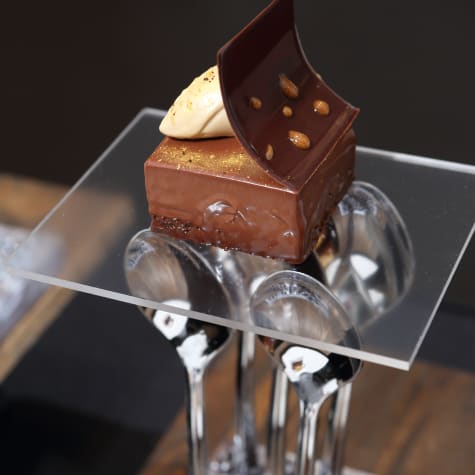
Gluten-free baking Memo
Main prohibited grains:
Wheat, rye, spelt, Einkorn wheat, Khorasan wheat (kamut), barley, triticale, oats.
Storage and preparation:
Wear clean protective clothing and use disposable accessories.
Thoroughly clean food-preparation surfaces, dishes, and equipment.
Gather together all utensils and ingredients before cooking.
Check the label for the absence of the words wheat, «soft» wheat (froment), barley, rye, or their derivatives.
In the kitchen:
Prepare gluten-free creations in a separate area or before preparing standard products.
Follow the recipe.
Avoid contamination by contact, splashes, crumbs…
Do not add decorative elements containing gluten, such as biscuits, cookies, or other items.
Never use a product with a gluten-containing ingredient that has been removed.
Use plastic film or vacuum seal the gluten-free products, identify with a special label or marking.
As required, reserve some utensils that are used only to prepare gluten-free items.
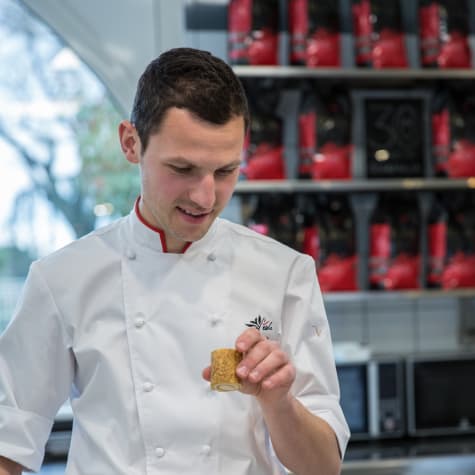
Gluten-free baking Memo
Service:
Clearly identify the gluten-free baked and other items with a special label or marking.
Avoid splashes or other sources of contamination.
Cleaning:
Conventional cleaning removes gluten from utensils and work surfaces (in compliance with « Hygiene Pack »).
Hygiene and cleanliness are essential to the process.
Warning cross contamination:
A gluten-free food that comes in contact withingredients containing gluten becomes INSTANTLY UNUSABLE.
To prevent « cross » contamination:
- Use specific work surfaces and utensils, or if not possible, wash everything very carefully
- Protect preparation areas: keep organized, keep clean, keep away from contaminants
- Prepare gluten-free baked goods first, if possible
- Protect gluten-free items with plastic cling film or vacuum-sealed containers.



